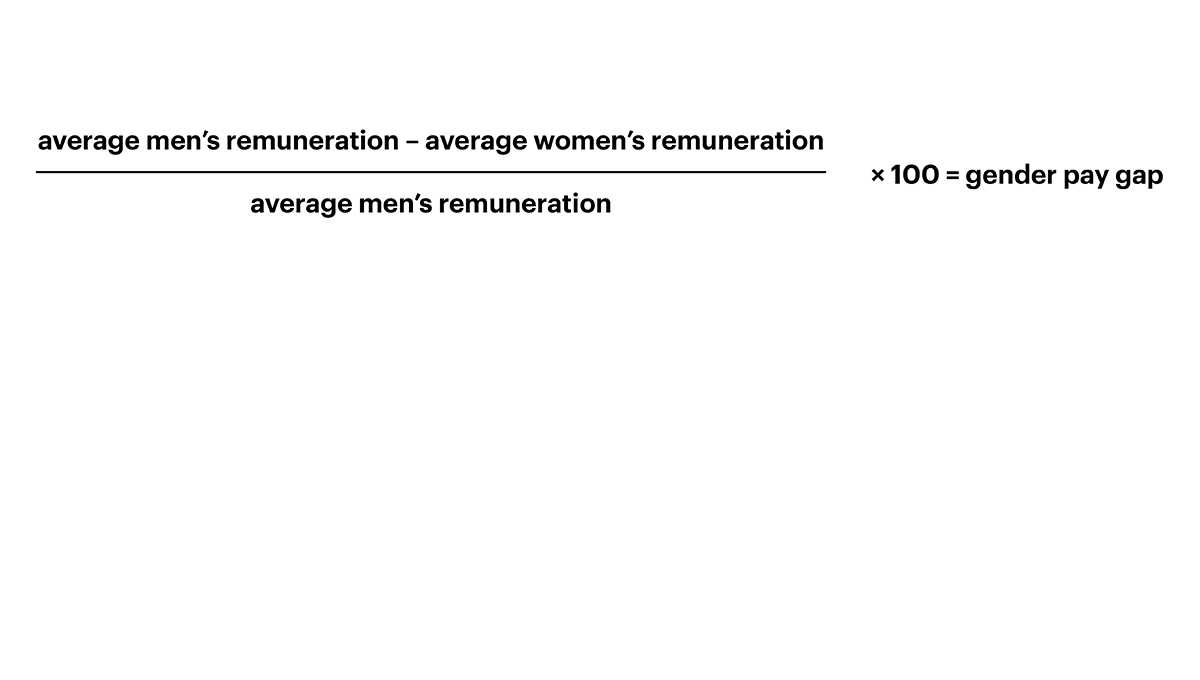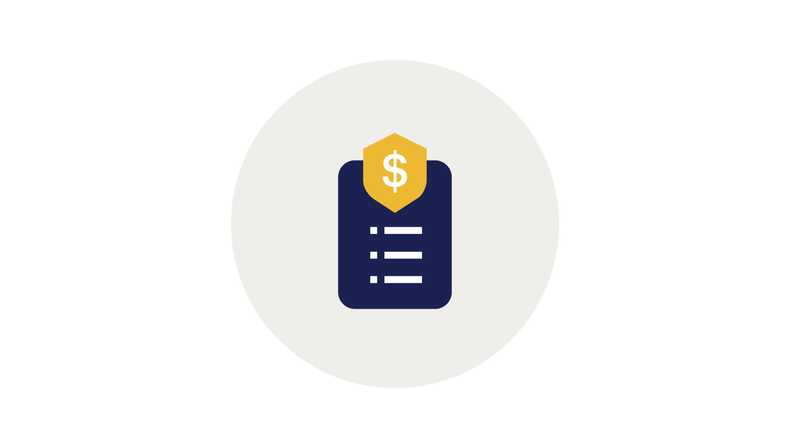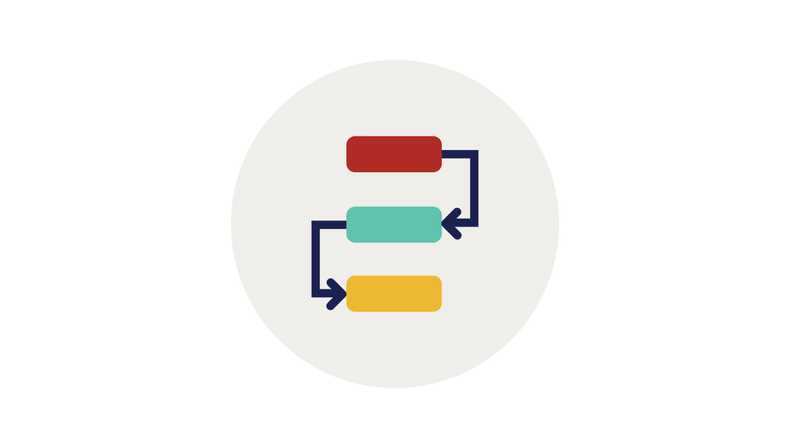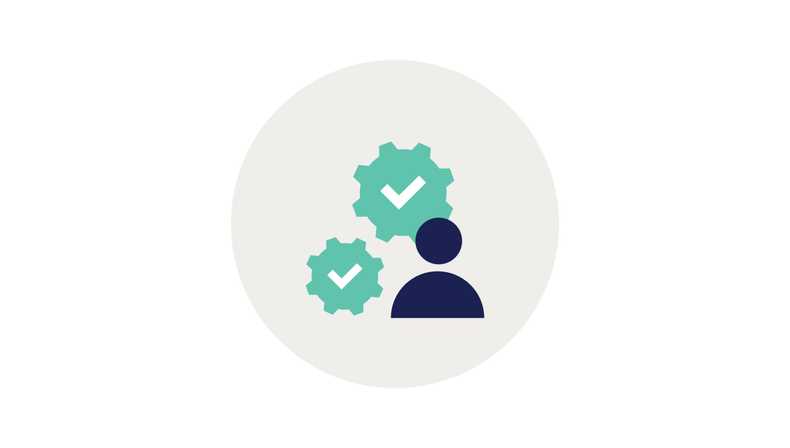Pay equality toolkit: Conduct an equal pay audit
An equal pay audit will help you identify a gender pay gap and uncover underlying causes that may be limiting your ability to achieve equal pay. Building a regular equal pay audit into your business as usual will provide achievable outcomes and evidence of your continued progress towards equality in the workplace.

Why do I need to do a pay audit?
Under Australia’s Fair Work Act 2009, the Fair Work Commission can require employers to pay everyone equally for ‘work of equal or comparable value’. This is known as ‘equal pay’. For the purpose of the Fair Work Act, ‘everyone’ is defined as . Victoria’s Equal Opportunity Act 2010 provides protection to people of all genders and makes it unlawful for employers to discriminate against job applicants including in the terms on which employment is offered, and against employees including by denying or limiting opportunities for promotion or other benefits connected with employment – all things which contribute to a gender pay gap. The existence of a gender pay gap is an indication that more work is needed to comply with the positive duty to eliminate discrimination under the Equal Opportunity Act 2010.
The Commission’s research found that while many small business owners and senior managers have a positive attitude towards equal pay, they are largely unaware of a gender pay gap in their own organisation and, therefore, are unsure of whether they are meeting their legal obligations.
Calculating the gender pay gap
The gender pay gap is the difference in average remuneration between women and men. It is usually expressed as a percentage with a positive percentage indicating men are paid more on average than women. A negative percentage indicates women are paid more on average than men.
From February 2024, Australia’s Workplace Gender Equality Agency (WGEA) is publishing the gender pay gaps for every Australian employer with 100 or more employees. Organisations with fewer than 100 employees can work out their own gender pay gap by using the following formula:

There can be varying factors in the calculation including what is meant by ‘remuneration’ (for example, base salary, superannuation, bonuses, etc), use of the average or median remuneration figure and whether to include all employment types or just full-time roles. For more information on calculating the gender pay gap visit WGEA’s Gender Pay Gap Analysis Guide or the Commission for Gender Equality in the Public Sector which currently calculates four pay gaps (mean and median of base salary and total remuneration).
Conducting a pay audit will help you to understand your organisation’s gender pay gap – but even if your organisation doesn’t have a gender pay gap, there might be instances of unequal pay.
Equal pay for equal work means even when jobs or roles are not identical, workers should be paid the same for substantially similar work. This means the skills, effort, responsibilities and working conditions of the roles are comparable. For example, an organisation may have an account manager and office manager. While these roles have different contexts, they both require managing a significant budget, overseeing staff and managing complex issues and risks. They are comparable roles. A pay audit will help you identify roles with comparable work and, if there’s a pay gap, determine the areas of unequal pay. You can analyse the likely causes and determine where you can make changes to achieve equal pay.
It is important that your pay audit links directly to your equal pay action plan. In the Commission for Gender Equality in the Public Sector’s Workplace Gender Audit Data Analysis Baseline Report 2021, Recommendation 2.3 refers to research that finds if pay audits are not linked to pay-related decision-making and pay information systems, they often become purely analytical exercises, without any real impact on gender pay inequities.
What steps will I need to take to complete a pay audit?
Your organisation may already have processes to audit or review employee pay which you could adapt to also include an equal pay audit by following the steps below.
You can complete an equal pay audit by following four simple steps:
Step 1. Determine comparable work
To audit equal pay for equal work, you will need to group the roles in your business into levels of comparable work (pay levels) to compare remuneration and determine if there is pay inequality.
Step 2. Collect data
Collecting pay data will help you gather the facts about payroll. Choose a pay period such as the last financial year and gather remuneration, demographic and role-specific data from your payroll and personnel records for each employee.
Step 3. Analyse data
Analyse data within each pay level to determine what differences exist and any biases in your pay processes.
Step 4. Assess and address
Assess the results of your data analysis and consider the reasons behind them. Consider whether changes in practice could address issues in the results. Make the changes of practice a target in your action plan.
Keep reading for more detail on how to conduct each step.
Ensure that the results of your pay audit are communicated to all staff and are referenced in your equal pay policy and pay equality action plan.





